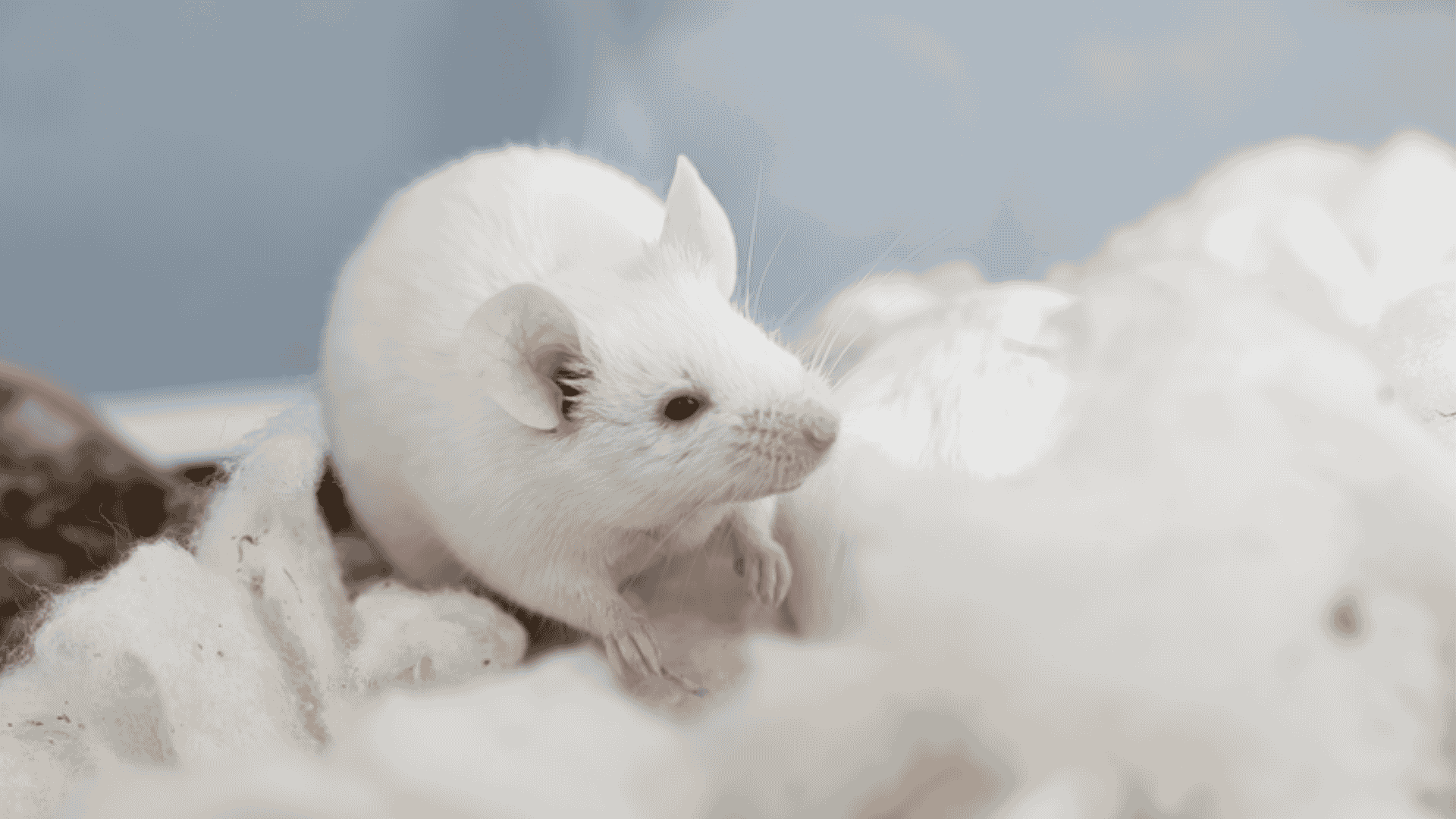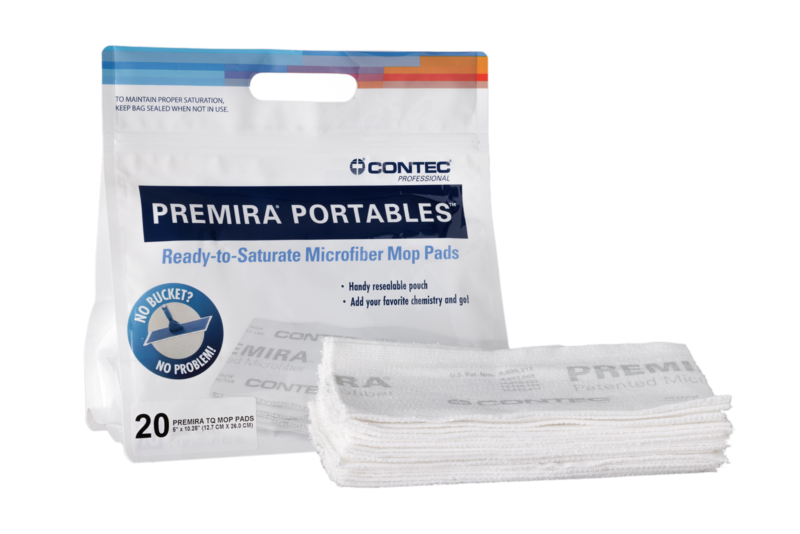Whether you're overseeing a single room or an entire facility, understanding the science and strategy behind enrichment can elevate both animal care and research outcomes. Here’s why enrichment should be a core part of every vivarium’s operational standard — not an afterthought.
What is Environmental Enrichment?
Environmental enrichment involves enhancing the cage environment to allow animals to engage in species-typical behaviors. For rodents, this can include:
- Nesting material
- Shelters or hide boxes
- Chewable items
- Climbing structures or tunnels
- Opportunities for exploration
- Compatible social housing
These features help fulfill behavioral, physiological, and social needs — and have a direct impact on the animal’s health and the validity of the science they support.
NIH’s Office of Animal Care and Use defines enrichment as modifications that “promote the expression of species-typical behavior and enhance well-being.” (NIH OACU, 2023)
Why Enrichment Matters
1. Supports Animal Welfare
Enrichment reduces anxiety, stress, and boredom by giving rodents opportunities to perform natural behaviors like foraging, hiding, and nesting. Research shows that these interventions lead to lower stress hormone levels and better behavioral health overall.
A 2025 review published in Frontiers in Veterinary Science found that rodents housed with structural and social enrichment exhibited lower fear-related responses, more exploratory behavior, and fewer signs of chronic stress.
(Domínguez-Oliva et al., 2025)
2. Improves Scientific Integrity
Rodents experiencing stress or distress often exhibit physiological changes that can confound research data — including altered hormone levels, immune function, and metabolism. Enrichment helps reduce this biological variability.
According to ILAR Journal, enriched housing conditions reduce variability and improve reproducibility of results, often reducing the number of animals required per study.
(Würbel, 2006, ILAR Journal)
3. Aligns with Regulatory and Ethical Expectations
Institutions such as NIH, AAALAC, and IACUCs increasingly emphasize environmental enrichment as part of humane and ethical animal care. Enrichment plans are expected in many protocol reviews, and facilities that omit or restrict enrichment must provide strong scientific justification.
NIH’s latest guidance makes clear: enrichment is not optional. It is considered part of the standard of care — unless specific, approved exceptions apply.
4. Improves Reproductive Performance and Behavior
According to a comprehensive review published in Laboratory Animals (Olsson & Dahlborn, 2002), enriched housing conditions for mice and rats were associated with:
- Improved reproductive performance, including shorter time to pregnancy, increased litter sizes, and enhanced maternal behavior.
- More natural behavioral repertoires, such as increased grooming, burrowing, and nesting activity — behaviors suppressed under barren housing conditions.
- Reduced incidence of stereotypies, aggression, and abnormal behaviors that can arise from sensory deprivation or chronic stress.
These outcomes not only support the animals’ well-being but also improve colony productivity and reduce variability — especially in breeding programs.
5. Supports Staff Welfare and Morale
Animal care is both a science and a deeply human profession — and the welfare of laboratory animals directly impacts the welfare of the people who care for them.
A 2020 study published in Animals explored the psychological and emotional strain experienced by animal care staff and found that being able to provide meaningful enrichment had a positive impact on staff morale, job satisfaction, and emotional resilience.
(LaFollette et al., 2020)
Key takeaways from the study include:
- Empowerment: Staff reported feeling more empowered and valued when enrichment was part of their role, as it allowed them to actively contribute to animal well-being.
- Reduced moral stress: When staff observed animals engaging in natural behaviors and showing signs of well-being, it alleviated the moral stress often associated with working in a research environment.
- Better team dynamics: Facilities that incorporated enrichment into daily routines tended to have stronger communication and collaboration across departments.
In short, investing in enrichment isn't just good for the animals — it's also good for the people who dedicate their careers to caring for them.
Best Practices for Implementing Rodent Enrichment
|
Enrichment Area |
Recommendations |
|
Nesting & Bedding |
Provide nesting material for thermoregulation and comfort and for accommodation of natural nesting behaviors that involve chewing, shredding, gathering, and building. |
|
Structural Items |
Include hideouts, tunnels, or shelters to allow withdrawal and reduce dominance stress. |
|
Chewable Media |
Offer gnawing items to prevent malocclusion and fulfill natural behaviors or a product that reduces gnawing behaviors. |
|
Exercise Opportunities |
Add climbing structures, tunnels, or running wheels where appropriate. |
|
Social Housing |
Group or pair house compatible rodents to meet social needs. |
|
Rotation & Variation |
Rotate enrichment items periodically to sustain interest without overstimulation. |
|
Sanitization & Safety |
Use items that are autoclavable or irradiated, non-toxic, and easy to clean or replace. Monitor for wear. |
For facilities with strict SOPs or behavioral study designs, enrichment should be standardized across groups or time points to avoid introducing bias.
Action Steps for Facility Managers
1. Audit existing enrichment protocols and identify areas for enhancement.
2. Standardize enrichment by strain, study type, or facility zone to ensure consistency.
3. Train animal care staff on proper placement, monitoring, and documentation.
4. Review protocols to ensure alignment with enrichment practices and regulatory guidance.
5. Measure outcomes: Monitor behavioral signs, body condition, and stress markers to evaluate effectiveness.
Enrichment in rodent cages is more than just a welfare initiative — it’s a scientific, regulatory, and ethical imperative. Facilities that prioritize enrichment not only enhance the quality of life for their animals, but also produce more reliable, reproducible data.
With the right strategy, enrichment can be seamlessly integrated into daily vivarium operations — benefiting animals, staff, and science alike.
References
NIH Office of Animal Care and Use. Appendix 1: Environmental Enrichment for Rodents, 2023.
Würbel H. Ideal homes? Housing effects on rodent brain and behavior, ILAR Journal, 2006.
*This content was created with the help of artificial intelligence software, and reviewed and approved by Contec Professional’s Technical Service Group.




